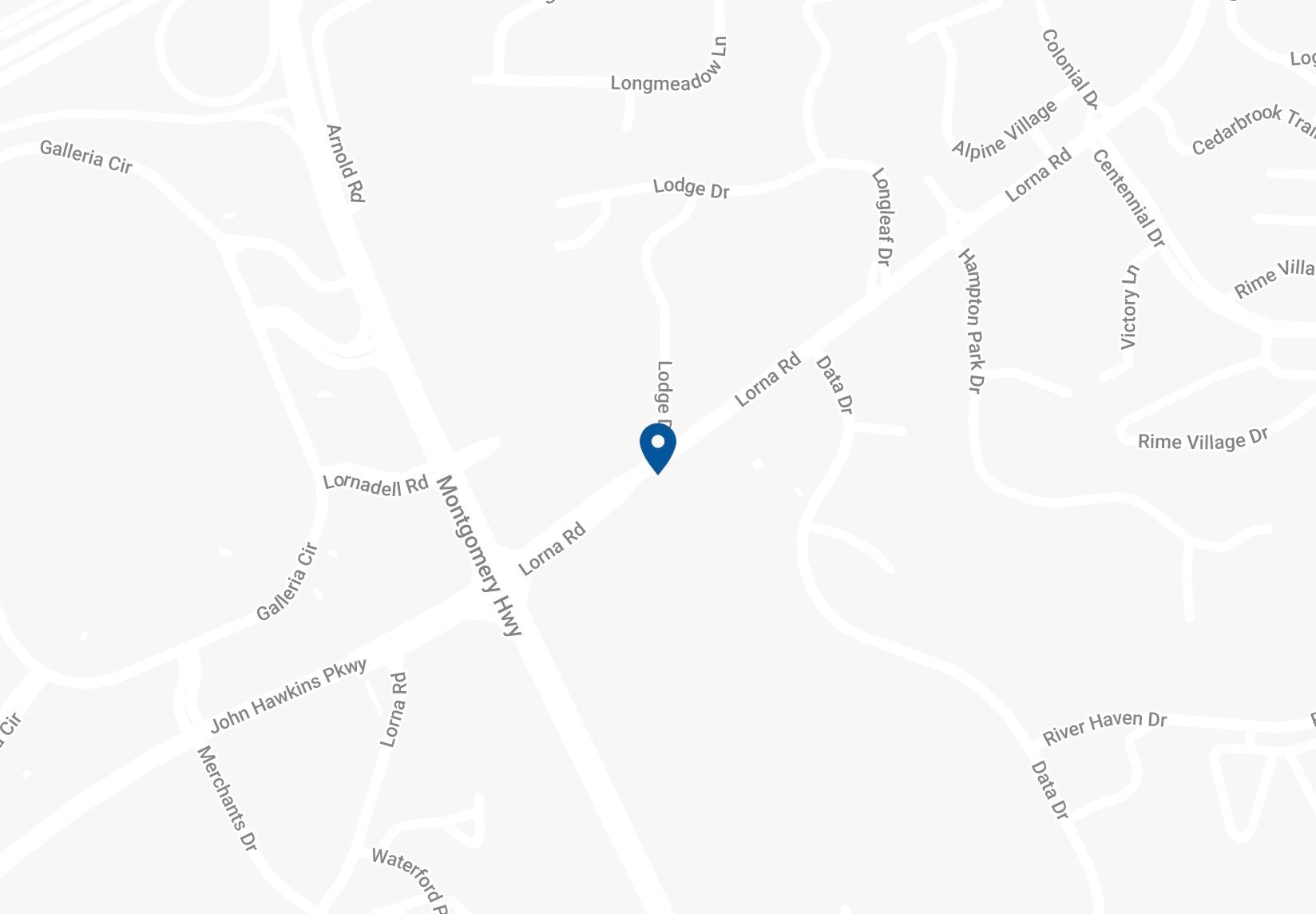Your Expert Guide to Spinal Decompression
Spinal decompression is a treatment that involves relieving pressure on the spine through gentle, strategic stretching. This article covers general information on what spinal decompression therapy is, how it works, and whether it’s right for you.

Contents
Key Points
- Spinal decompression is non-surgical and creates negative space between spinal discs
- Spinal decompression therapy can treat bulging and herniated discs, sciatica, pain throughout the neck and back, and numbing or tingling in the trunk
- Spinal decompression is a short procedure
- Depending on your condition, you may need several treatments to feel significant relief
What Is Spinal Decompression Therapy?
Spinal decompression therapy is a non-surgical approach designed to create negative pressure between the spinal discs. This negative pressure promotes the repositioning of the discs, particularly herniated or bulging ones, as well as overall retraction.
The procedure takes pressure off your nerves and can relieve neck, hip, and back pain. Many patients also experience leg pain relief from soothed nerves in the back and hips.
Spinal decompression is a strategic way of stretching the spine to change the spine's position. Changing the spine’s position takes pressure off not only your nerves but also your spinal discs, which are the gel-like cushions housed between your vertebrae.
With spinal traction, nutrient-rich fluids and oxygen are able to move through the discs to promote healing.
During traction therapy, you are fitted with two harnesses: one around your pelvis and one around your waist. You will then lie either face up or face down on a table that is computer-controlled and operated by a doctor. You are fully clothed the entire time.
Dr. Edwards customizes the treatment according to your specific condition and needs. Depending on your treatment plan, spinal decompression therapy can last from 30 to 45 minutes.
Most patients require between 20 and 28 treatments over the course of five to seven weeks. The length of time your treatment will take before you start feeling results depends largely on your particular pain points.
Surgical Spinal Decompression
Spinal decompression therapy is different from surgical spinal decompression. During surgical spinal decompression, a doctor typically inserts some sort of hardware or fuses the vertebrae of your spine together to address the conditions that are causing pain.
Surgical spinal decompression is typically a last-resort measure.
What Conditions Does Spinal Decompression Treat?
Spinal decompression helps patients who are experiencing chronic back pain due to the following:
- Bulging discs
- Degenerating discs
- Herniated discs
In addition to the above, spinal decompression therapy can help relieve pain associated with sciatica, injured spinal nerve roots, and worn spinal joints.
Bulging Discs
The discs in your spine provide cushioning for your vertebrae. Without these discs, your spine would be a bone-on-bone structure, which would be both painful and less functional.
Discs are made up of tough outer layers and softer inner layers. Both the outer and inner layers are made from cartilage. Over time, these discs start to show signs of wear and tear as they dehydrate and the cartilage becomes stiff.
These changes to the disc can result in the outer layer bulging out, which can cause pain.
Herniated Discs
Herniated discs happen when there is a crack in the outer layer, which causes the inner cartilage to bulge out. This condition is sometimes referred to as a ruptured or slipped disc. Herniated discs tend to cause more pain than bulging and degenerating discs.
Sciatica
Sciatica is a form of pain that follows the path of the sciatic nerve, which extends from the lower back into the hips and down the legs.
Sciatic pain usually happens when there is stiffness or compression on the sciatic nerve.
Spinal decompression can reduce sciatic pain caused by this stiffness or compression.
When Should Someone Not Have Spinal Decompression?
You should not have spinal decompression if:
- You are pregnant
- You have a spinal fracture
- You have a tumor in your spine
- You have an abdominal aortic aneurysm
- You have advanced osteoporosis
- You have metal implants in your spine
As long as you do not meet the above criteria, spinal decompression therapy could be a promising tool to help you find pain relief.
Are There Any Risks Associated with Spinal Decompression?
Pregnancy typically causes pain in the lower back and hips, usually due to the baby compressing the sciatic nerve. Although spinal decompression is not the right tool to relieve pain in pregnant women, other forms of chiropractic intervention can help.
If you have a spinal fracture, spinal decompression could cause the fracture to become a complete break.
Those with severe nerve damage may experience worsened symptoms as a result of spinal decompression.
Anyone who has had recent spinal fusion surgery or implants in their spine should also avoid spinal decompression therapy.
How Long Does It Take for Spinal Decompression Therapy to Work?
The length of time it takes to feel pain relief after spinal decompression depends on your body and your condition.
Around 20% of patients start to feel back pain relief within the first week of initial treatment. After two to three weeks, 40% of patients feel significant relief. The remaining 20% feel significant relief after four to six weeks.
Starting Spinal Decompression Therapy
Spinal decompression therapy is a non-surgical treatment method that can provide relief from pain in the neck, back, and hips.
Dr. G. Forrest Edwards has years of experience in offering holistic treatment plans so patients can experience medication-free, minimally invasive pain relief.
To learn more about spinal decompression therapy and find out whether it is right for you, contact Dr. Edwards at Hoover Health & Wellness Center, Inc.



